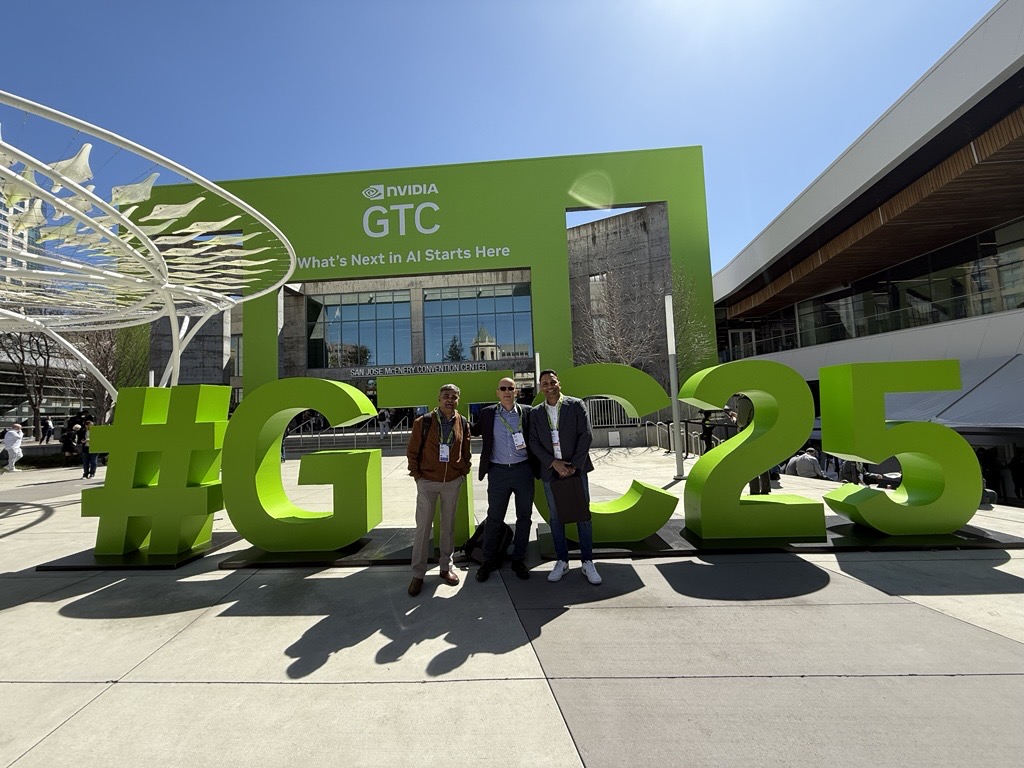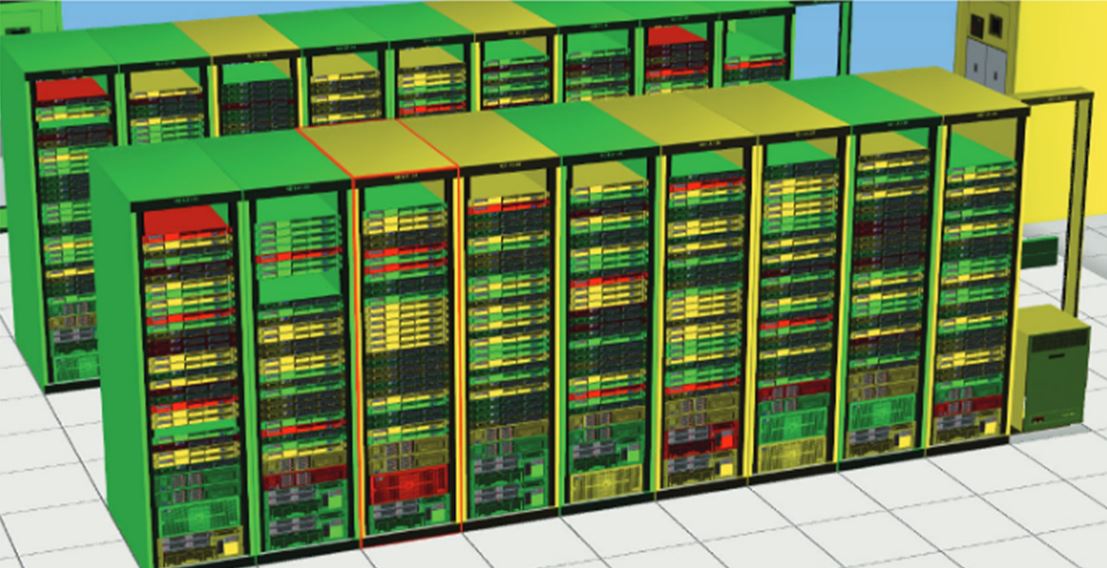 Meet KNIGHTSCOPE, an Autonomous Data Machines (ADM) robot that provides a commanding but friendly physical security presence in any building or campus environment. KNIGHTSCOPE was one of the many exciting new technologies on display at the recent Realcomm/Ibcon Commercial Real Estate and Technology conference in San Diego. This was my first time attending the show, and it was an eye opener!
Meet KNIGHTSCOPE, an Autonomous Data Machines (ADM) robot that provides a commanding but friendly physical security presence in any building or campus environment. KNIGHTSCOPE was one of the many exciting new technologies on display at the recent Realcomm/Ibcon Commercial Real Estate and Technology conference in San Diego. This was my first time attending the show, and it was an eye opener!
My general observations from the show: the commercial real estate (CRE) market continues to evolve as technology becomes a key enabler to optimizing and securing the office space. The technology evolution is enabling building managers and operators to run their buildings in new ways, but they need to assess the vulnerability of the data produced from Internet of Things (IoT) devices. Every building manager/operator should determine their objectives for their office environment and whether they will include collaboration, communication, concentration and/or contemplation spaces. Once they have a clear roadmap about how the space will be utilized, they should then focus on the technology solutions. One of the key attributes they should expect to get out of a good smart building strategy – more data.
One of the common themes at Realcomm/Ibcon was differentiating between Information Technology (IT) vs. Operational Technology (OT). In the case of OT devices, another level of security is needed in order to protect building operations. There is a strong assumption that IT managers will have a significant role in overseeing the deployment of these devices, as companies strive to manage and control their own data from the building. Whether IT managers or facility managers are the ones ultimately responsible, smart building systems are causing some already existing skills gaps to widen even more.
IoT, however, is enabling more applications and efficiencies in the building, so it is not going to stop anytime soon. As more technologies are deployed into buildings, the questions of connectivity, location and power remain while trying to maintain costs and sustainability goals. The commercial building market is at a confluence point where addressing all issues will require a strong ecosystem of partners giving the ability to connect/enable these intelligent systems. The future of all these new data streams is deep analytics and machine/artificial intelligence to further identify patterns and potential savings. Consequently, building owners/operators need skilled people as part of the solution to manage the complexity of the data.
The common point of view from all participants was the need to have an IoT building industry standard that provides clients the interoperability and scalability for premise or cloud data management. The following topics need to be addressed as building owners pivot and embark on the transformational journey of smart buildings:
Convergence and technical support
- OT systems now requires more IT support
- All involved parties should discuss IT/OT convergence very early in the process
- CIO vs COO questions of ownership
IoT Sustainability/Green Initiatives
- New sources of data via IOT allow for greater operational savings
- Sustainable, green buildings are intelligent, smart buildings. There is only so much you can do with materials and design-wise. Data input from sensors and connected systems is needed for the next level of intelligence.
- 80% of cities’ emissions come from building operations, but the Net Zero concept is starting to gain traction in the US
Cellular coverage
- WiFi is not the answer that most people think it to be
- Tenants in the building see wireless service as the responsibility of the employer to address cellular coverage, not the carrier
- Will the carrier support or invest in an infrastructure to support their wireless needs?
To offer more insights into these topics, CommScope will be hosting a series of one-day events about the “Evolution of the Workplace.” If you are in Atlanta, Houston, Minneapolis or Seattle, we’ll be in your towns soon. Stay tuned for more information, and feel free to leave a comment with any questions.















